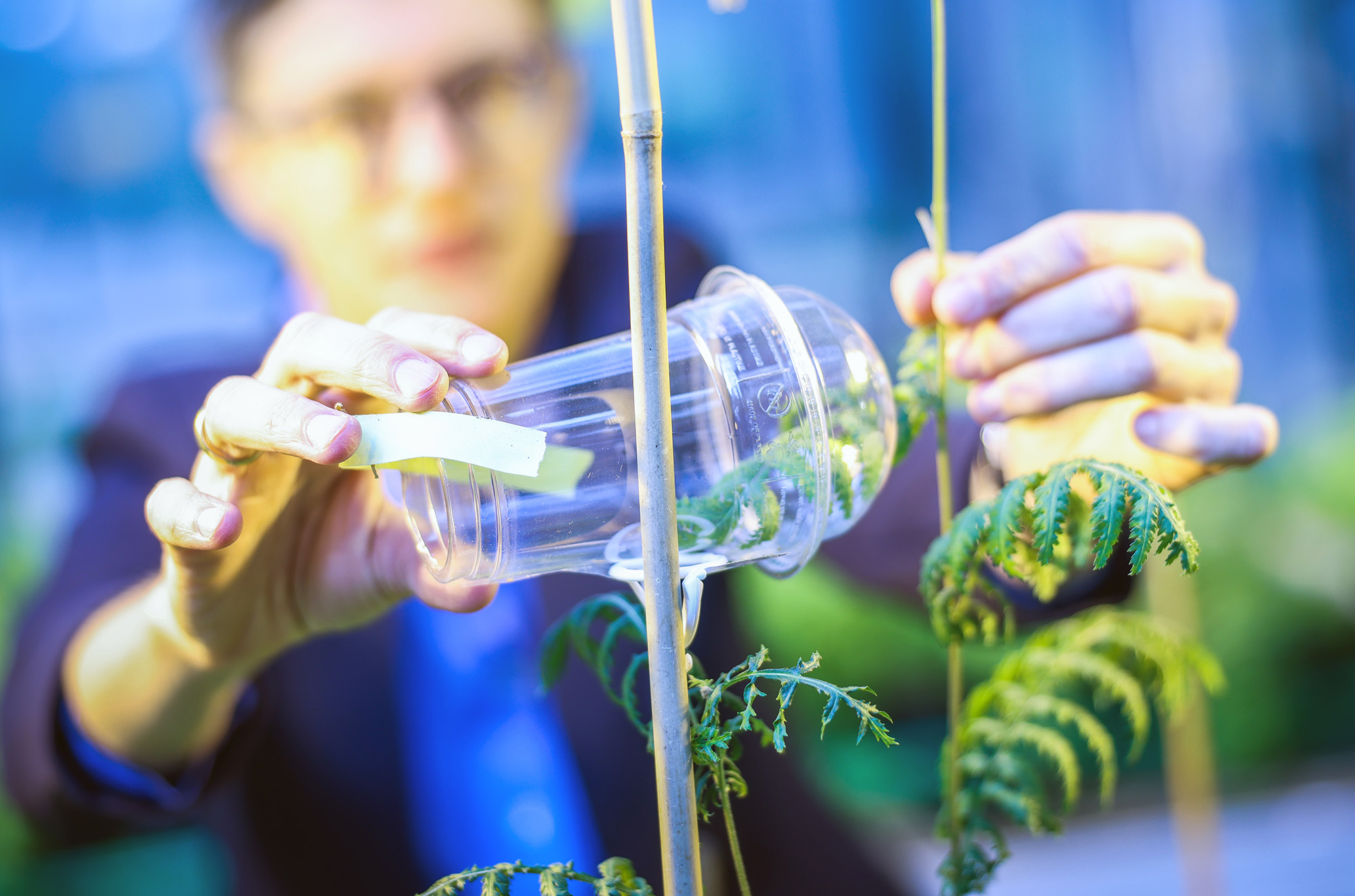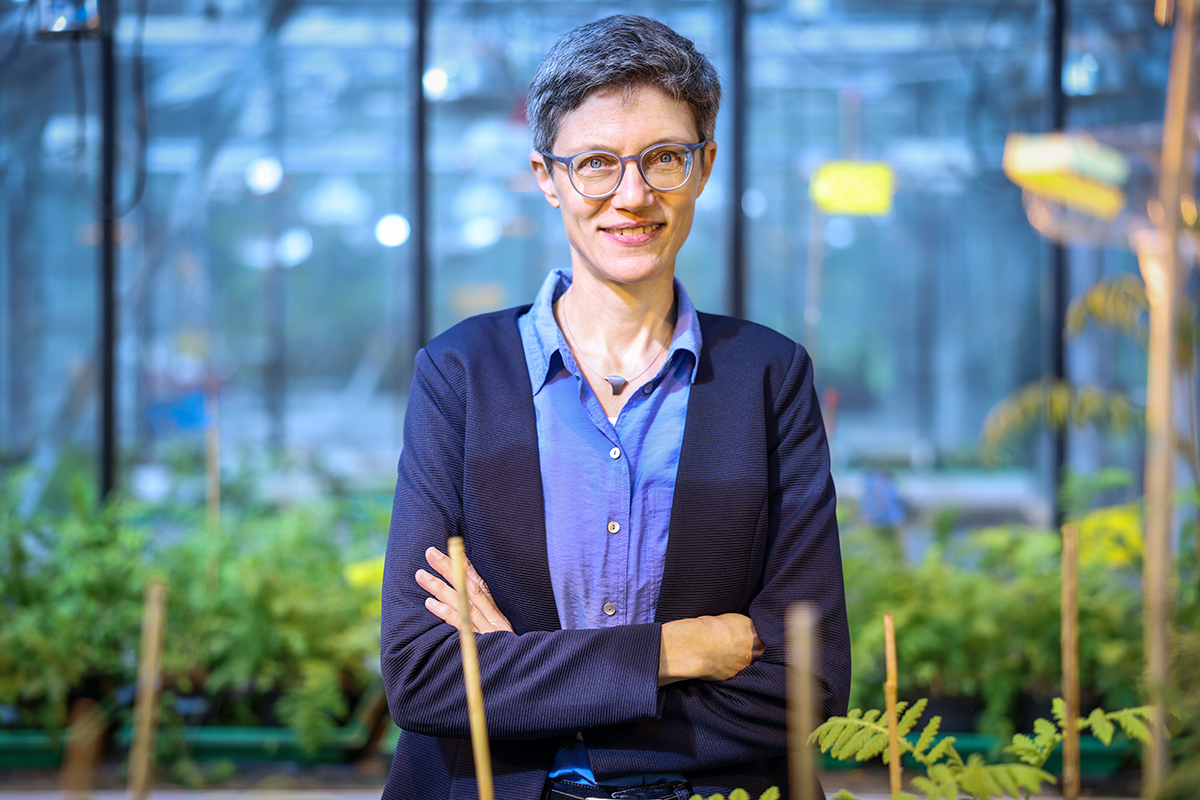Every plant species has characteristic chemical components unique to it. In some species, there is considerable variation in the chemical composition from plant to plant. Such species thus have high chemodiversity. What is the significance of plant chemodiversity in a shifting environment? What are the causes and consequences of chemodiversity? The research unit ‘Ecology and Evolution of Intraspecific Chemodiversity in Plants’ (FOR 3000), which is funded by the German Research Foundation (DFG) with a total of two million Euro from 2020 until 2023, will deal with these questions in an upcoming conference, held from 26 until 28 September. 34 researchers from a total of nine countries will be attending the conference.
‘We are now in the third year of our collaborative research initiative, and at this conference, we will come together to present the findings of the various subprojects,’ says Professor Dr. Caroline Müller, of Bielefeld University’s Faculty of Biology. Dr. Müller is the spokesperson of this research unit on chemodiversity. ‘We are very pleased to be welcoming so many international experts as keynote speakers. Together, we will shed light on the mechanisms and implications of chemodiversity and share new interdisciplinary findings.’
The conference will showcase practical and theoretical findings from the ten subprojects of the research unit as well as from guest speakers. These studies investigate chemodiversity in different plant species, from herbaceous plant species to trees, and in different environments, from lowlands to mountains. In addition to this, scientists from the research unit are also modelling how chemical diversity occurs.
Giving greater attention to the individuality of plants
Plants are often quite unique with respect to the particular defensive substances and other chemical compounds they contain. Chemodiversity is not only relevant for many species that are of great ecological significance, but also for species of economic importance, such as wheat, strawberries, or plants used for medicinal purposes. Insights into the composition of plant substances can be applied to agriculture.
‘The time is ripe to rethink diversity in general and chemodiversity more specifically to recognize their importance in agriculture in order to help enhance the resilience of crops, especially in the face of changing environmental conditions,’ says Caroline Müller. ‘Medicine may also benefit from our research findings. Plants contain different natural substances that, for instance, inhibit the growth of fungi. These active substances can be used in medicine,’ explains Müller.
Professor Müller also explores the topic of individualisation as part of the Transregio Collaborative Research Centre NC³ ‘A Novel Synthesis of Individualisation across Behaviour, Ecology and Evolution: Niche Choice, Niche Conformance, Niche Construction’ (TRR/SFB 212), where she is heading a subproject that investigates how starvation at different stages of development in a sawfly species results in individual adjustments of the insects to their environment. ‘Generally, the more individual the differences within a species, the higher the diversity. Such diversity is advantageous for the survival of an animal or plant species within an ecosystem,’ Müller explains.
Research unit on chemodiversity
The research unit on chemodiversity is being funded by the German Research Foundation from 2020 until 2023 with a total of two million Euro. DFG-funded research units work in close cooperation together with many eminent scientists on various research questions. These DFG research units often help establish new lines of scientific inquiry. Researchers at Bielefeld University are currently coordinating three DFG-funded research units, and researchers from the university are also participating in another three DFG research units.






